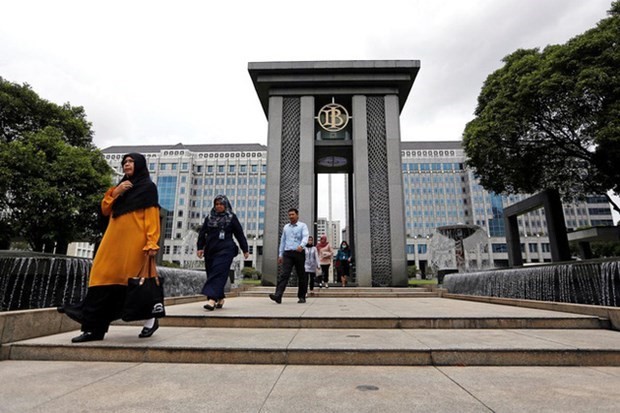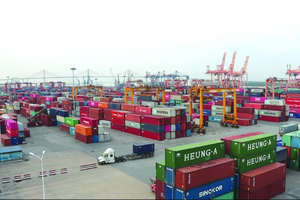
Southeast Asia’s largest economy shrank 3.49 percent year-on-year in the third quarter amid the persistent rise in COVID-19 cases, Statistics Indonesia (BPS) announced earlier this week.
The figure is worse than the 3 percent contraction forecast by analysts, but is still narrower than the second-quarter contraction of 5.32 percent.
As Indonesian regions began to gradually lift the large-scale social restrictions (PSBB) and cities began reopening in June, economic activities started stirring again in the third quarter. However, economic activities did not reach pre-coronavirus levels, as the continuing rise in COVID-19 cases held up recovery.
Jakarta even re-imposed the “full” PSBB in September as the rise in daily cases strained its health system, before scaling it back down to the transitional PSBB in mast month.
BPS data shows that household spending, which contributes more than 50 percent of GDP, fell 4.04 percent – slower than the 5.52 percent contraction booked in the second quarter – led by a spending slump in transportation, restaurants and hotels.
However, consumer spending in healthcare and education increased in the period from July to September while investment shrank 6.48 percent – smaller than the 8.61 percent contraction in April-June – as businesses cut back sharply on their investment in machinery and other products.
Exports and imports respectively plunged 10.82 percent and 21.86 percent, reflecting the downturn in global trade and domestic demand due to the economic fallout from the pandemic.
However, government expenditure jumped 9.76 percent in the third quarter to recoup from the second-quarter contraction of 6.9 percent, driven by higher social and capital spending in efforts to fight the impacts of the COVID-19.
The Indonesian government has earmarked 695.2 trillion rupiah (US$47 billion) for a stimulus package to revive the economy, which is forecast to shrink between 0.6 percent and 1.7 percent this year.
























